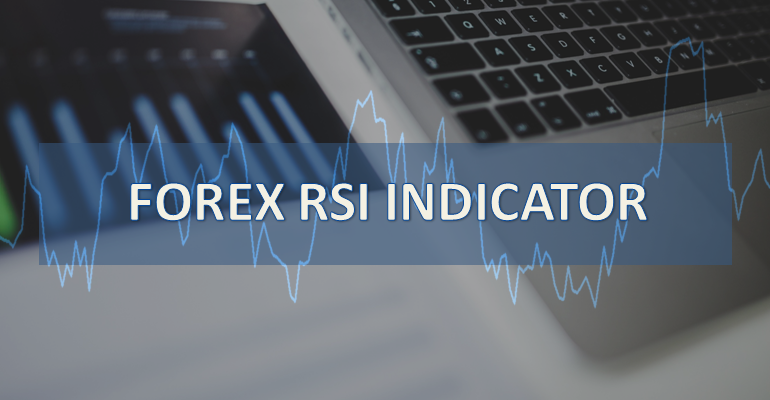

Developed by J. Welles Wilder, the Relative Strength Index (RSI) is a momentum oscillator that measures the speed and change of price movements. The Relative Strength Index (RSI) is one of the most popular indicators in the market. If you look over any market technician's shoulder there are a few indicators that show up quite frequently: MACD, simple moving average, volume and last but not least the RSI. No matter if trend followers or reversal’s hunters, traders use the forex RSI oscillator for market entry/exit.
The RSI indicator is what is known as a momentum oscillator. That is, it is used to measure and record fluctuations in price action. More specifically, to measure and record the momentum or velocity of that price action and to express that value as an index. The RS or Relative Strength portion is derived by averaging price gains and price losses over the reference period. The figure is then compared to the same measurements extracted from a series of rolling prior periods (most typically 14 periods) and is expressed as an indexed or rebased value, relative to those prior periods.
RSI compares the average number of days that an instrument closes up to the average number of days that it closes down. This average is then rated on a scale of 1 to 100. Typically, RSI is used with a 9, 14, or 25 calendar day (7, 10, or 20 trading day) period against the closing price of an instrument. If you add more days to the calculation, the value is considered less volatile. The RSI can be used to find overbought or oversold situations or it can be used to find divergences. An RSI reading below 20 suggests an oversold condition and a reading above 80 suggests an overbought condition.
Using the RSI indicator in isolation will not likely create a profitable trading strategy over the long run. As with most other leading indicators, the Relative Strength Index can be prone to giving false signals. Therefore, you should incorporate an approach that will allow you to isolate as many false signals as possible, increasing your Win-Loss ratio. Therefore, you should add another tool or study on the chart to filter fake signals. A good way to do this is by using price action rules and chart analysis.
RSI is an extremely popular momentum indicator that has been featured in a number of articles, interviews, and books over the years. In particular, Constance Brown's book, Technical Analysis for the Trading Professional, features the concept of bull market and bear market ranges for RSI. Wilder features RSI in his 1978 book, New Concepts in Technical Trading Systems. This book also includes the Parabolic SAR, Average True Range and the Directional Movement Concept (ADX). Despite being developed before the computer age, Wilder's indicators have stood the test of time and remain extremely popular.
To receive new articles instantly Subscribe to updates.